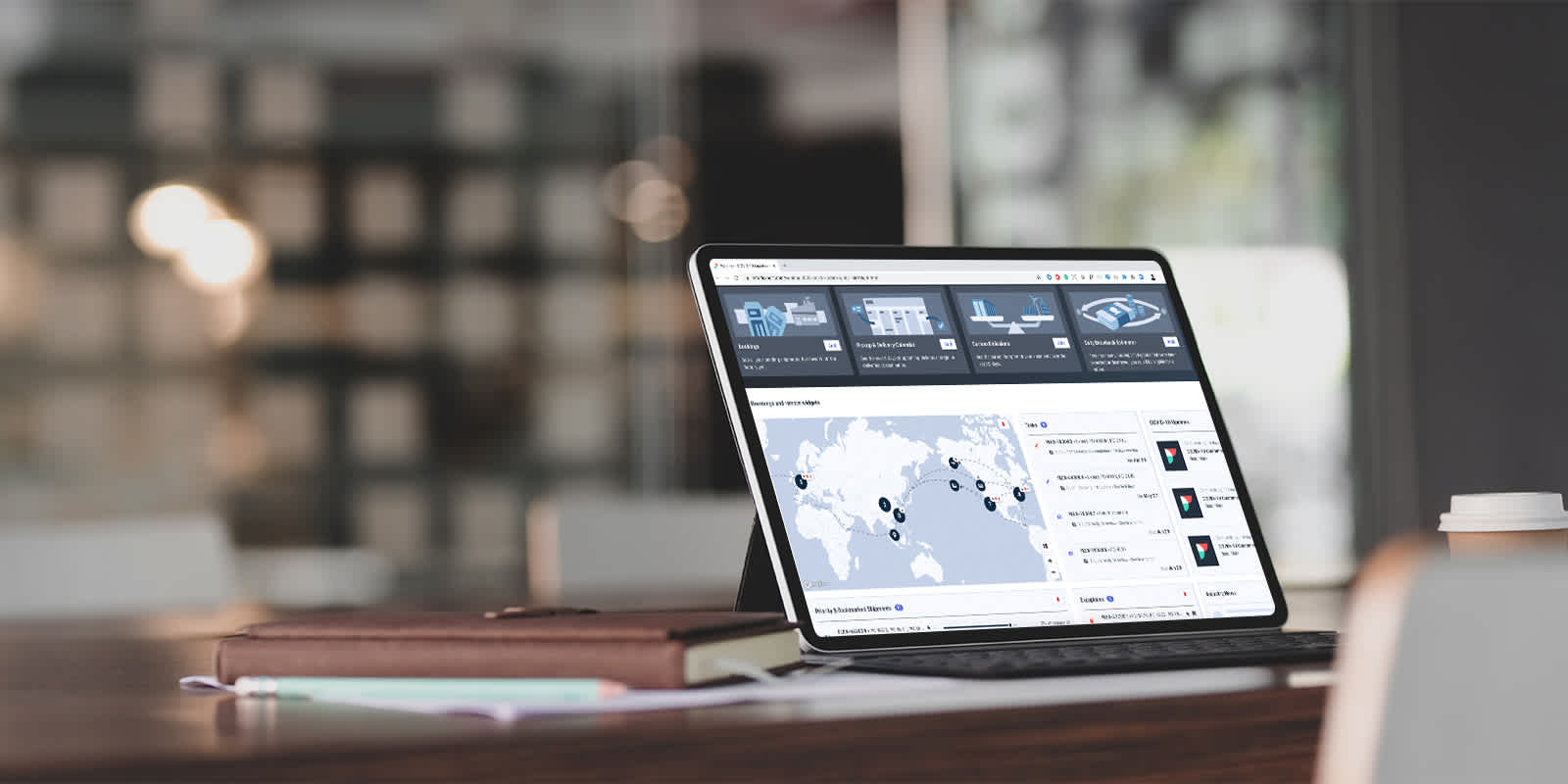
November 12, 2020
How Technology and Expertise Can Reduce Customs Complexity Ahead of Brexit
How Technology and Expertise Can Reduce Customs Complexity Ahead of Brexit
The Brexit transition period ends in just a few weeks, with EU trade talks down to the wire. Amid uncertainty, one known change is the UK Global Tariff, featuring additional classification codes for goods, entering into force on January 1, 2021. The volume of customs declarations is expected to more than quadruple from 57 million to approximately 257 million. When that happens, shippers on both sides of the Channel are going to be busy. By centering operations on a digital platform, however, it becomes possible to reduce complexity and simplify the process.
Congestion
Port congestion in the UK is likely to be a reality, which is expected to impose a drag on lead times for shipments in either direction.
Moreover, a hard border between the UK and the EU means customs checks in ports. As a result, getting goods from ship to warehouse is going to be slower than before. This congestion is exacerbated by a worldwide container shortage.
“Even with a free trade agreement between the UK and the EU, customs documentation is going to increase—and that creates complexity that UK companies may want to reduce for their EU customers,” explains Jamie Houlihan, Global Customs Lead at Flexport. “The alternative could be EU companies look to each other or Asia, instead of the UK.”
Working with partners who are plugged into a digital dashboard gives everyone the same real-time access to shipping data. Visibility makes it easier to divide the load, accelerate processes, and limit costs or losses. Decisions can be made on the fly, enabling business continuity when competitors may be in chaos.
Quicker EU Classifications
Automation is key to meeting these upcoming customs demands—especially when it comes to vital information, like classification codes that underpin other documentation and duties.
In the EU, all 27 members use the same common external tariff. The UK does, too, until January. In Flexport’s platform, it’s easy to assign EU classifications to goods by adding them while working with commercial invoices (a caveat: classification accuracy may require a customs broker.) Three functions, in particular, help speed up the process:
- Classifications follow SKUs across the product library.
- Unclassified goods are numbered in the shipment queue.
- Changes are flagged as made by a broker or non-broker.
Together, these features let customs professionals lighten a significant part of their workflow as responsibilities ramp up.
“This is an important time to become smarter at validating your codes internally, as increases in declarations may result in less accuracy,” says Houlihan. “Even businesses that feel confident in their processes should look to streamline information with their broker to further facilitate accuracy and compliance.”
Enlist Expertise
Working with a customs broker can help ensure complex declarations are completed accurately. Since a mix of classification, origin, and transport mode trigger varying documentation, the expertise of a broker can be essential.
Over the long term, this level of expertise can support companies through change and provide a foundation for growth. Learn more about how Flexport helps customers clear goods around the world or speak to a customs expert for tailored advice.



